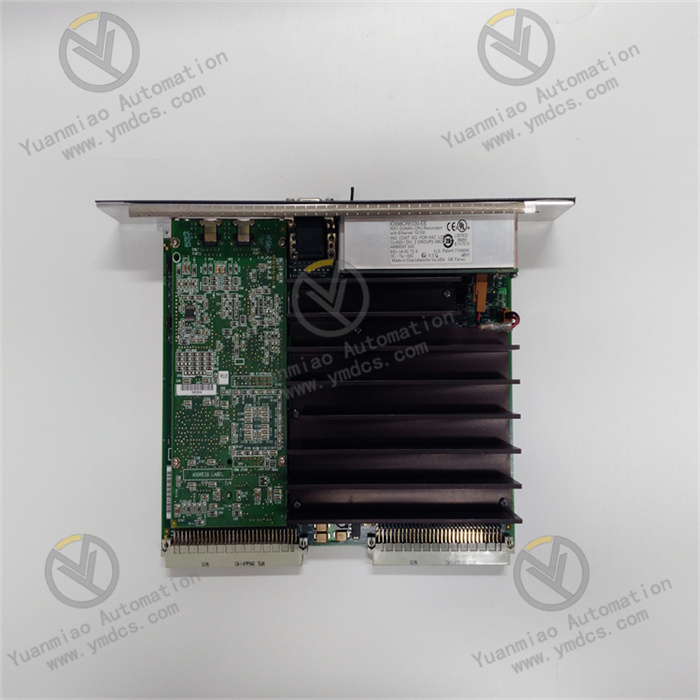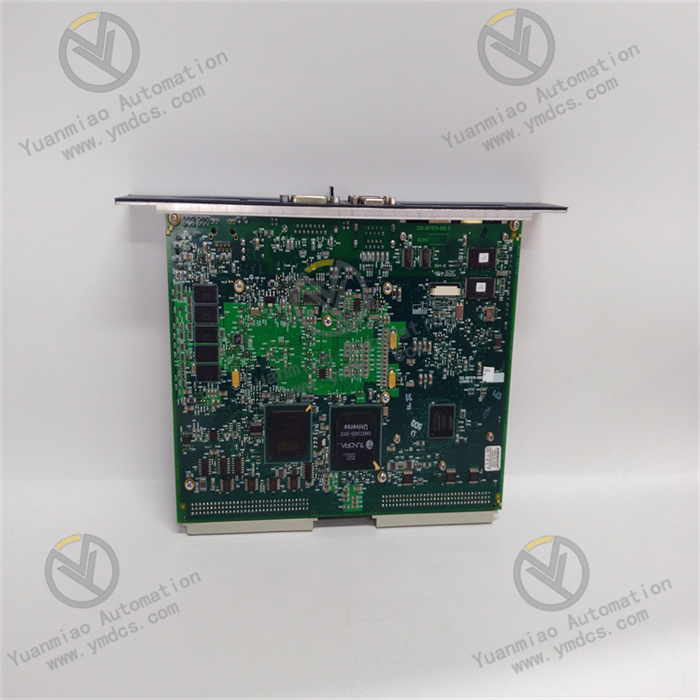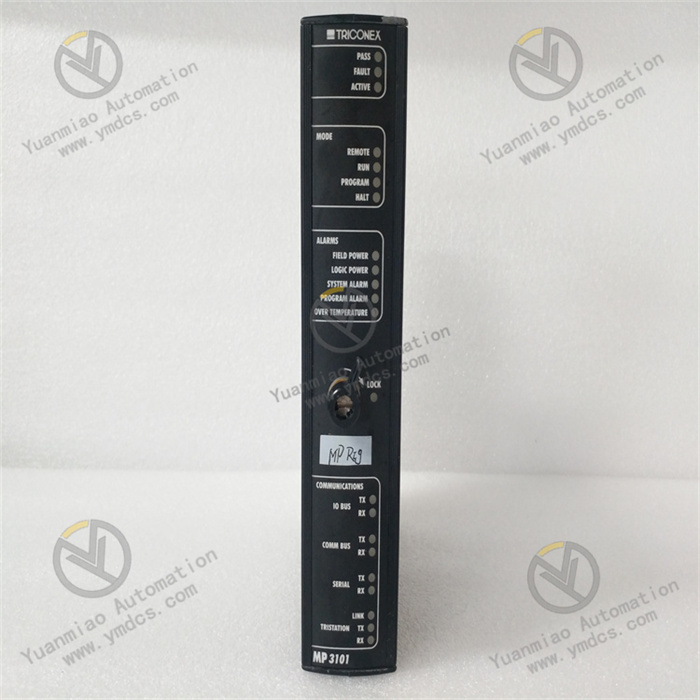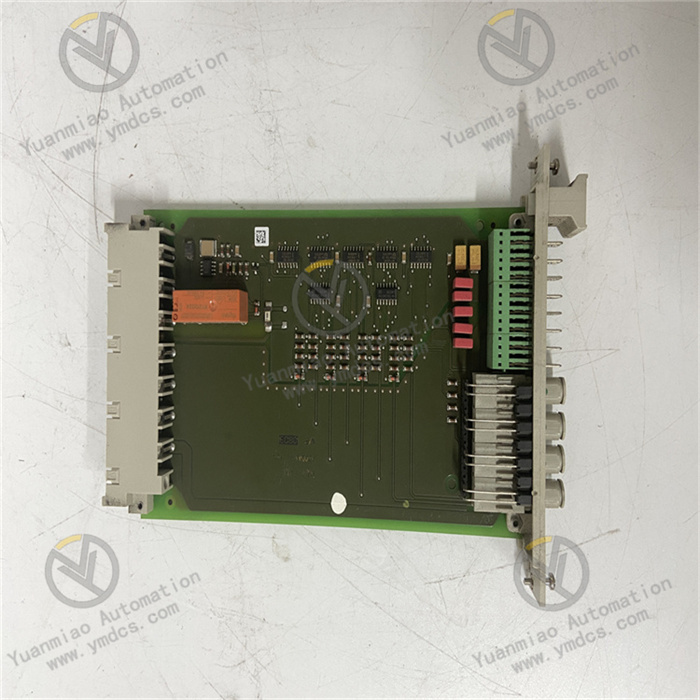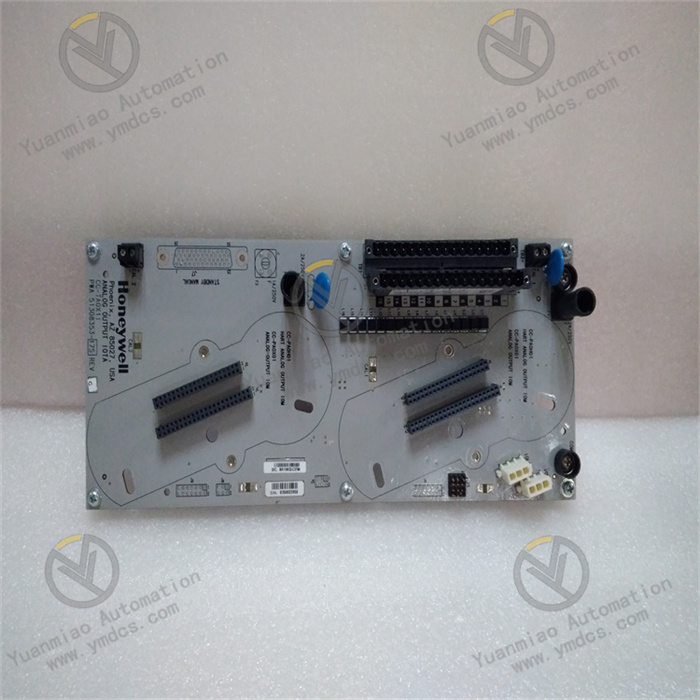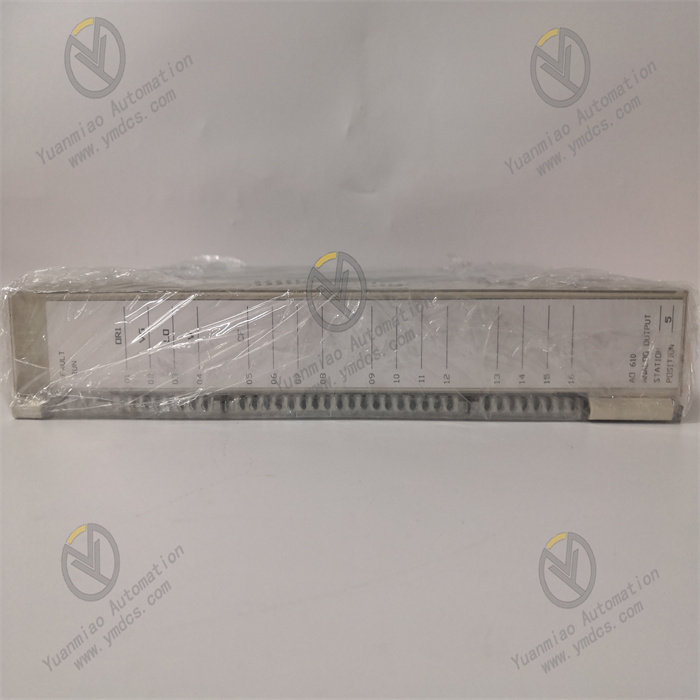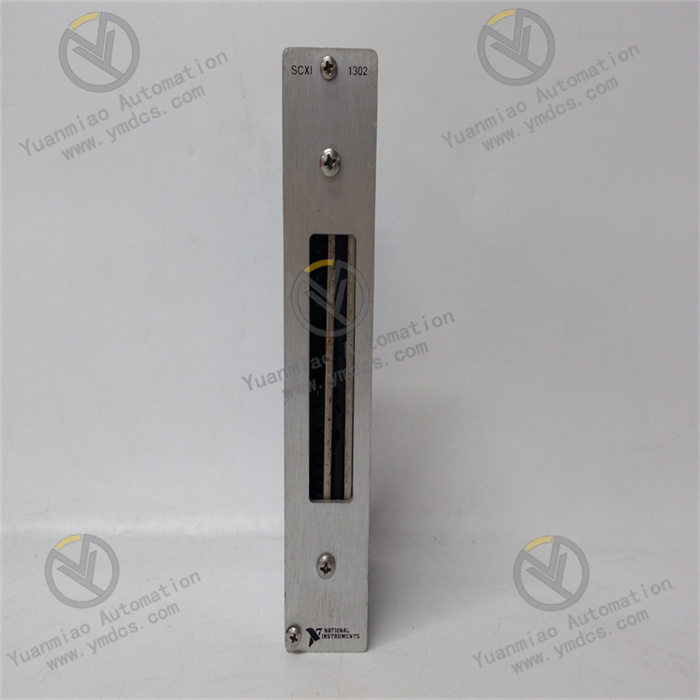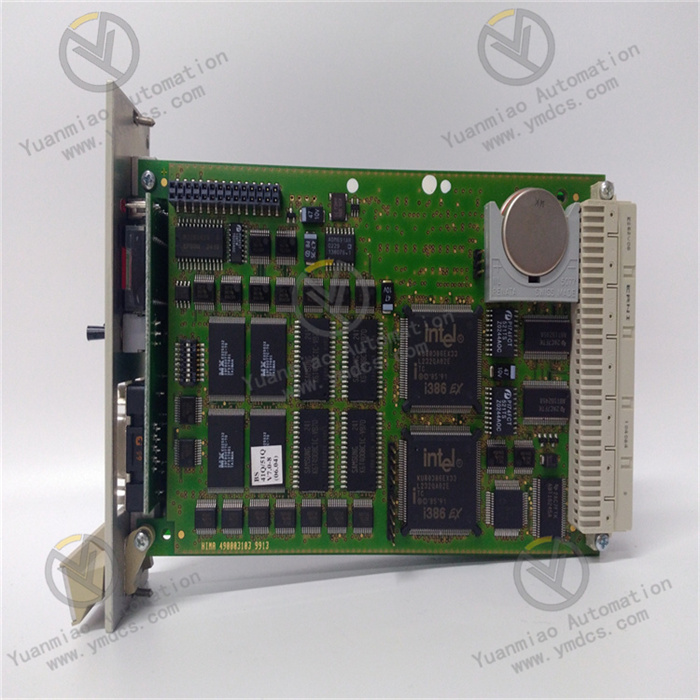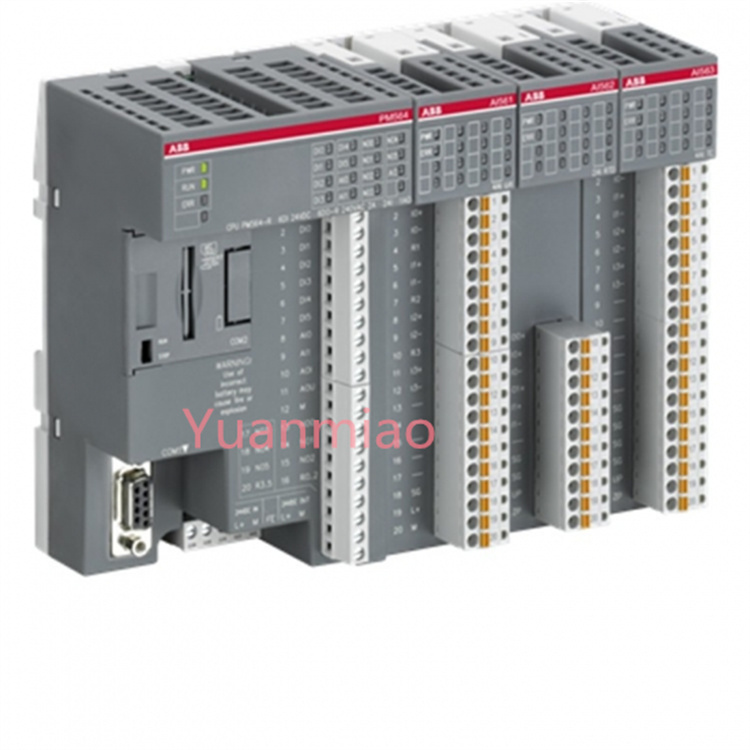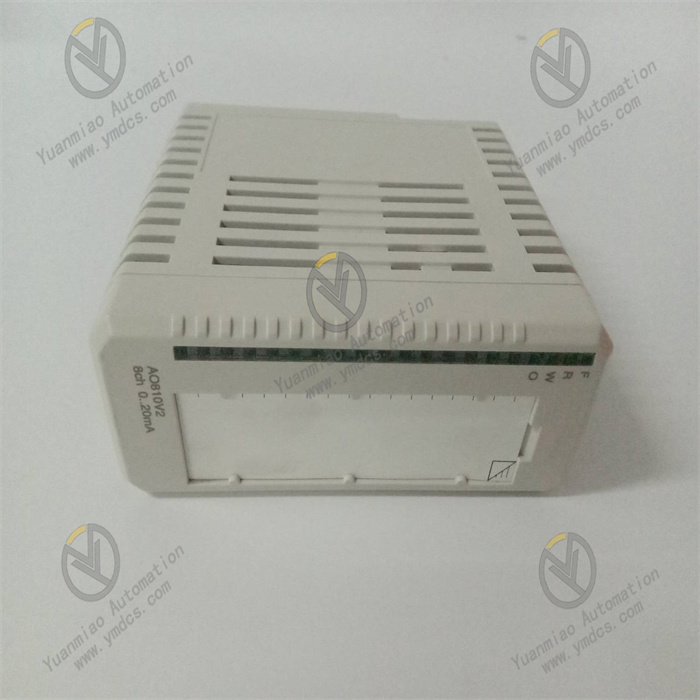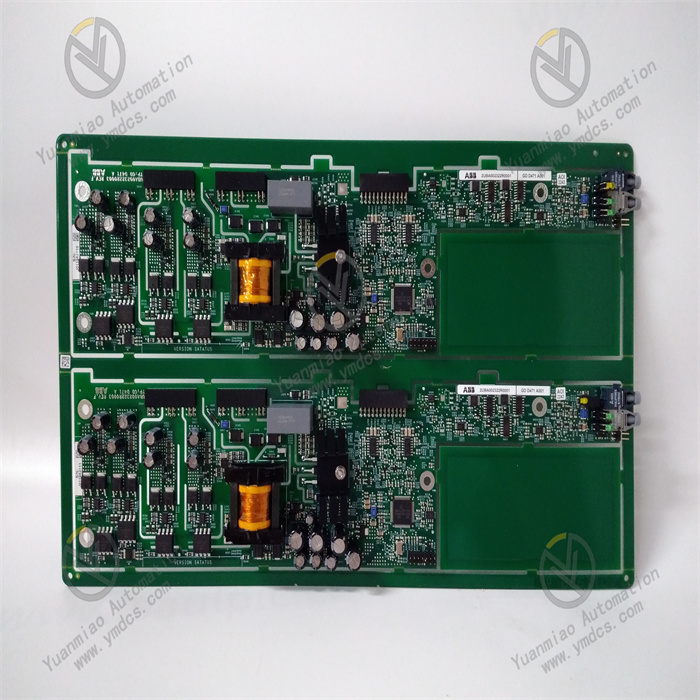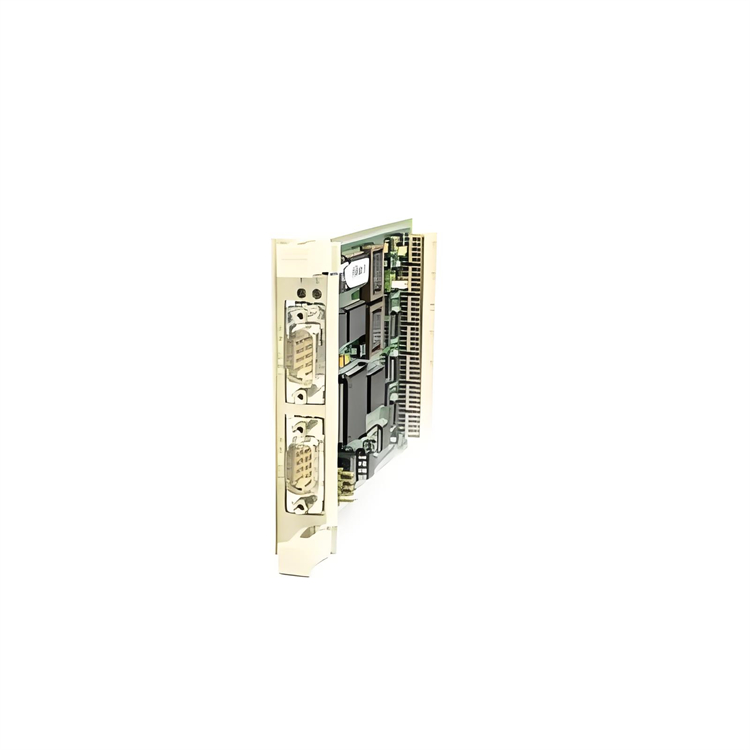Description
GE Fanuc IC698CRE030-EE
I. Overview
GE Fanuc IC698CRE030-EE is a PLC redundancy control module specifically designed for high-reliability industrial control systems. Belonging to the GE Fanuc RX3i series, its core positioning is to serve as the "system fault redundancy backup core", focusing on addressing the "zero downtime" demand of critical equipment (such as chemical reactors, power plant auxiliary machines, and high-end production lines) in industrial scenarios. Through dual-CPU hot backup, data synchronization backup, and fast fault switching design, it realizes seamless switching of the PLC system in case of hardware failure, ensuring continuous industrial production and avoiding economic losses caused by downtime.
This module has core advantages of "dual-machine hot backup + millisecond-level switching + full-scenario adaptation":
- It supports 2 RX3i CPU modules (e.g., IC698CPE040-JP) to build a redundant system, which synchronizes programs, data, and I/O status in real time. The switching time is ≤10ms, far lower than the downtime threshold allowed in industrial production (usually ≥50ms).
- It is compatible with all types of I/O modules and communication modules in the RX3i series (e.g., IC698ETM001 Ethernet module). The maximum number of I/O points of the redundant system reaches 4096, adapting to small and medium-sized critical control scenarios.
- Meanwhile, it features wide temperature adaptability (0℃~+60℃), electromagnetic interference resistance, and oil/dust-proof design, enabling stable operation in industrial environments with extremely high reliability requirements such as chemical industry, electric power, and automobile manufacturing.
Compared with ordinary PLC systems, it has significant advantages in fault tolerance. Compared with third-party redundancy solutions, it is natively compatible with the RX3i series, requiring no additional development of redundancy logic and supporting out-of-the-box deployment. It is a key component for building high-reliability industrial control systems.
As a high-reliability model in the RX3i series, IC698CRE030-EE is widely used in critical scenarios such as chemical reactor control, power plant boiler auxiliary machine monitoring, and automobile welding robot workstations. It provides "fault-free perception switching" guarantee for the system and is a core technical equipment for improving industrial production reliability, reducing downtime losses, and meeting industry safety standards (such as chemical industry ISAS88 and electric power IEC 61508).
II. Technical Specifications
(I) Core Redundancy and Switching Parameters
| Parameter Category | Specific Specifications |
|---|---|
| Redundancy Architecture Support | Supports 1:1 dual-machine hot backup architecture, requiring 2 RX3i CPU modules of the same model (e.g., IC698CPE040-JP); the module serves as the redundancy control center to realize dual-CPU data synchronization through a dedicated redundancy bus; supports two redundancy modes: "master-slave" and "master-master" (master-slave by default, master-master requires firmware V3.0 or above) |
| Data Synchronization Performance | Program data (ladder diagram/FBD/ST code), process data (I/O status, timer/counter values), and system parameters (IP address, protocol configuration) are synchronized in real time, with a synchronization cycle ≤1ms; supports synchronization of the power-failure data retention area (2MB SRAM); after the master CPU is powered off, the slave CPU can inherit historical data without re-initialization |
| Switching Time and Conditions | Switching time ≤10ms (from master CPU fault detection to slave CPU taking over control); switching trigger conditions: master CPU hardware failure (e.g., processor failure, power failure), communication interruption between master CPU and I/O module, redundancy bus interruption; supports manual switching (triggered via HMI or programming software) to meet maintenance needs |
| Redundancy Bus Configuration | Equipped with 2 dedicated redundancy bus interfaces (RJ45 connectors), supporting shielded twisted-pair transmission with a transmission distance ≤100m (without repeater); redundancy bus rate is 100Mbps full-duplex, adopting CRC verification and retransmission mechanism, with data transmission bit error rate ≤10⁻¹⁵ to ensure accurate synchronized data |
(II) Electrical and Power Parameters
- Power Requirements: Operating voltage is 24V DC (with wide adaptation range of 19.2V DC~28.8V DC), powered independently by the RX3i rack backplane (isolated from the CPU module power supply); operating current ≤200mA (when the redundancy bus is idle), full-load current ≤400mA (during data synchronization); power consumption ≤9.6W (powered by 24V DC under full-load condition); supports reverse power connection protection (no damage under reverse voltage ≤36V DC); built-in overcurrent protection (current limiting triggered when current exceeds 500mA).
- Electrical Isolation: The redundancy bus interface is optically isolated from the internal circuit of the module (isolation voltage ≥2500Vrms); dual isolation between the power circuit and redundancy communication circuit prevents synchronization abnormalities caused by ground loop interference.
- EMC Compatibility: Complies with EN 61000-6-2 industrial immunity standard; Electrostatic Discharge (ESD) protection level: ±15kV (air)/±8kV (contact); Radio Frequency (RF) radiation immunity level: 10V/m (80MHz~1GHz); Electrical Fast Transient (EFT) immunity level: 2kV (power terminal)/1kV (signal terminal), preventing false triggering of redundancy switching caused by electromagnetic interference.
(III) Physical and Installation Parameters
- Physical Dimensions: Adopts the standard rack-mounted design of the RX3i series; dimensions (length × width × height) are 120mm×80mm×150mm, compatible with RX3i standard racks (e.g., IC698CHS010), and needs to be installed in a dedicated redundancy slot between 2 CPU racks.
- Installation Method: DIN rail mounting (compatible with DIN 35mm standard rails) or screw fixing; installation torque ≤2N・m to avoid damaging the module housing due to over-tightening; module weight ≤480g, lightweight design facilitating coordinated installation with CPU modules.
- Indicator Configuration: The panel is equipped with 8 LED indicators (redundancy power, redundancy bus 1 status, redundancy bus 2 status, master CPU status, slave CPU status, synchronization status, switching status, fault status) to intuitively display the operation status of the redundant system, enabling quick troubleshooting (e.g., "flashing switching light" indicates ongoing switching, "steady fault light" indicates redundancy bus interruption).
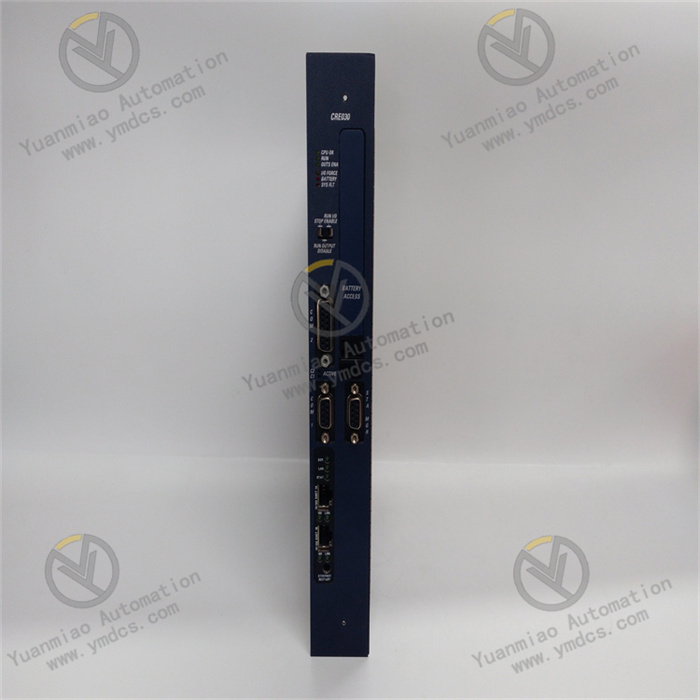
(IV) Environmental and Reliability Parameters
- Operating Environment: Operating temperature range: 0℃~+60℃; storage temperature range: -40℃~+85℃; humidity range: 5%~95% (non-condensing, complying with IEC 60068-2-3 standard); altitude ≤2000m (derating is required when exceeding this altitude, with redundancy bus rate derated by 10% for every 1000m increase).
- Vibration and Shock Resistance: Vibration resistance level: 5g (10Hz~500Hz, complying with IEC 60068-2-6); shock resistance level: 20g (11ms pulse, complying with IEC 60068-2-27), adapting to the vibration environment of critical equipment (e.g., vibration of power plant boiler auxiliary machines).
- Reliability Index: Mean Time Between Failures (MTBF) ≥200,000 hours (per Telcordia SR-332 standard, under 25℃ environment); overall availability of the redundant system ≥99.999% (allowable annual downtime ≤5.25 minutes); design life ≥10 years, meeting the needs of high-reliability scenarios.
III. Functional Features
(I) Dual-Machine Hot Backup Redundancy for Zero Downtime Guarantee
With "real-time data synchronization + millisecond-level switching" as its core, GE Fanuc IC698CRE030-EE builds a high-reliability redundant system:
- Full Data Real-Time Synchronization: The programs, data, and status of the master and slave CPUs are fully synchronized, enabling seamless switching. For example, in a chemical reactor control system, the master CPU runs the PID temperature control logic in real time (target 80℃, error ±1℃), and the slave CPU receives synchronized data such as "current temperature (79.8℃)", "valve opening (60%)", and "timer value (10s)" through the redundancy bus. When the master CPU shuts down due to power failure, the slave CPU already has a complete control status, without the need to reload programs or initialize parameters, ensuring that the reactor temperature fluctuation is ≤0.2℃ and no production abnormalities occur.
- ≤10ms Fast Switching: The switching time is far lower than the industrial allowable threshold, avoiding process interruption. For example, in an automobile welding robot workstation, the master CPU controls 6 robots for collaborative welding (welding current 100A, cycle 100ms). When the master CPU Ethernet module fails, the redundancy module completes switching within 8ms, and the slave CPU immediately takes over control. The robot welding action is not interrupted, and the welding point quality has no deviation (traditional non-redundant systems require ≥100ms for switching, which easily leads to cold welding of welding points).
- Multi-Scenario Switching Trigger: Covers all types of faults such as hardware failure and communication interruption. For example, in a power plant boiler feedwater pump control system, the communication between the master CPU and the I/O module is interrupted (triggering the switching condition). After detecting the fault, the redundancy module triggers switching within 5ms, and the slave CPU continues to control the feedwater pump speed (3000rpm) through the backup I/O link, avoiding downtime caused by abnormal boiler water level. At the same time, manual switching is supported, allowing maintenance personnel to switch the master CPU to the slave CPU for maintenance without affecting production.
(II) Full System Compatibility for Diverse Needs
The module is compatible with all types of modules in the RX3i series, enabling the construction of a redundant system without modification:
- CPU and I/O Module Compatibility: Supports all RX3i CPU modules and I/O modules for flexible expansion. For example, in lithium battery testing equipment, the redundant system consists of 2 IC698CPE040-JP CPUs, 1 IC698CRE030-EE redundancy module, and 4 IC698ALG224 analog input modules (collecting battery voltage). The redundancy module automatically identifies the I/O module type and synchronizes I/O status data without additional driver configuration.
- Redundancy Expansion of Communication Modules: Compatible with Ethernet, serial port, and other communication modules to realize communication link redundancy. For example, in a food filling production line, each of the 2 CPUs in the redundant system is equipped with 1 IC698ETM001 Ethernet module. The redundancy module synchronizes communication parameters (IP address, TCP connection). When the master CPU Ethernet module fails, the slave CPU Ethernet module immediately takes over communication with the HMI, ensuring uninterrupted data transmission and maintaining filling accuracy at ±3ml.
- Dual-Link Backup of Redundancy Bus: The 2 redundancy buses back up each other to avoid single-point bus failure. For example, in a steel mill rolling control system, the redundancy module connects the master and slave CPUs through 2 buses. When 1 bus is interrupted due to cable damage, the other bus immediately undertakes the synchronization task. The synchronization cycle only increases from 1ms to 1.2ms, with no data loss, and the rolling speed (10m/s) control remains stable.
(III) Industrial-Grade Protection for Critical Scenario Environments
In response to the harsh conditions of high-reliability scenarios, the module features enhanced design in hardware durability and anti-interference capability:
- Wide Temperature and Humidity Adaptability: The operating temperature range of 0℃~+60℃ covers critical industrial scenarios. For example, in a chemical park in northern China in winter (ambient temperature -5℃, workshop temperature 5℃ after heating), the module can start without preheating and achieve normal redundancy synchronization; in a power plant control room in southern China in summer (ambient temperature 55℃), the module operates for a long time without redundancy bus rate degradation, and the synchronization bit error rate is ≤10⁻¹⁵.
- Strong Electromagnetic Interference Resistance: The isolated redundancy bus and optimized EMC design resist extreme interference. For example, in a chemical reactor workshop (with high-voltage motors and RF radiation of 25V/m), the bit error rate of the module's redundancy bus communication is ≤10⁻¹², with no synchronization interruption, ensuring continuous operation of the PID control logic.
- Oil, Dust, and Corrosion Protection: The housing is made of 316L stainless steel (for some models) with an IP20 protection level (when used with a control cabinet with IP54 level), adapting to corrosive environments. For example, in a coastal power plant (high salt spray environment), the module housing has no corrosion, and the redundancy bus interface contact resistance is ≤50mΩ, ensuring stable long-term operation; in a food processing workshop (high humidity and dust), the internal circuit of the module is coated with three-proof paint, preventing the risk of short circuit due to moisture.


